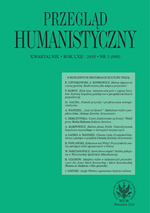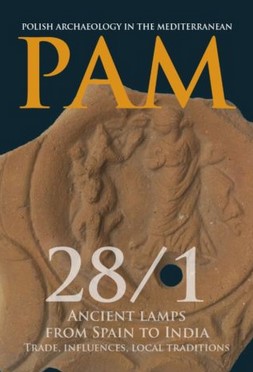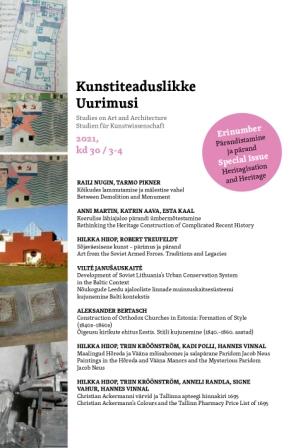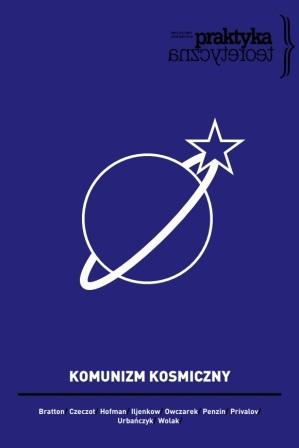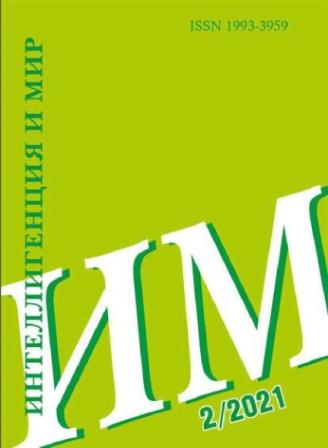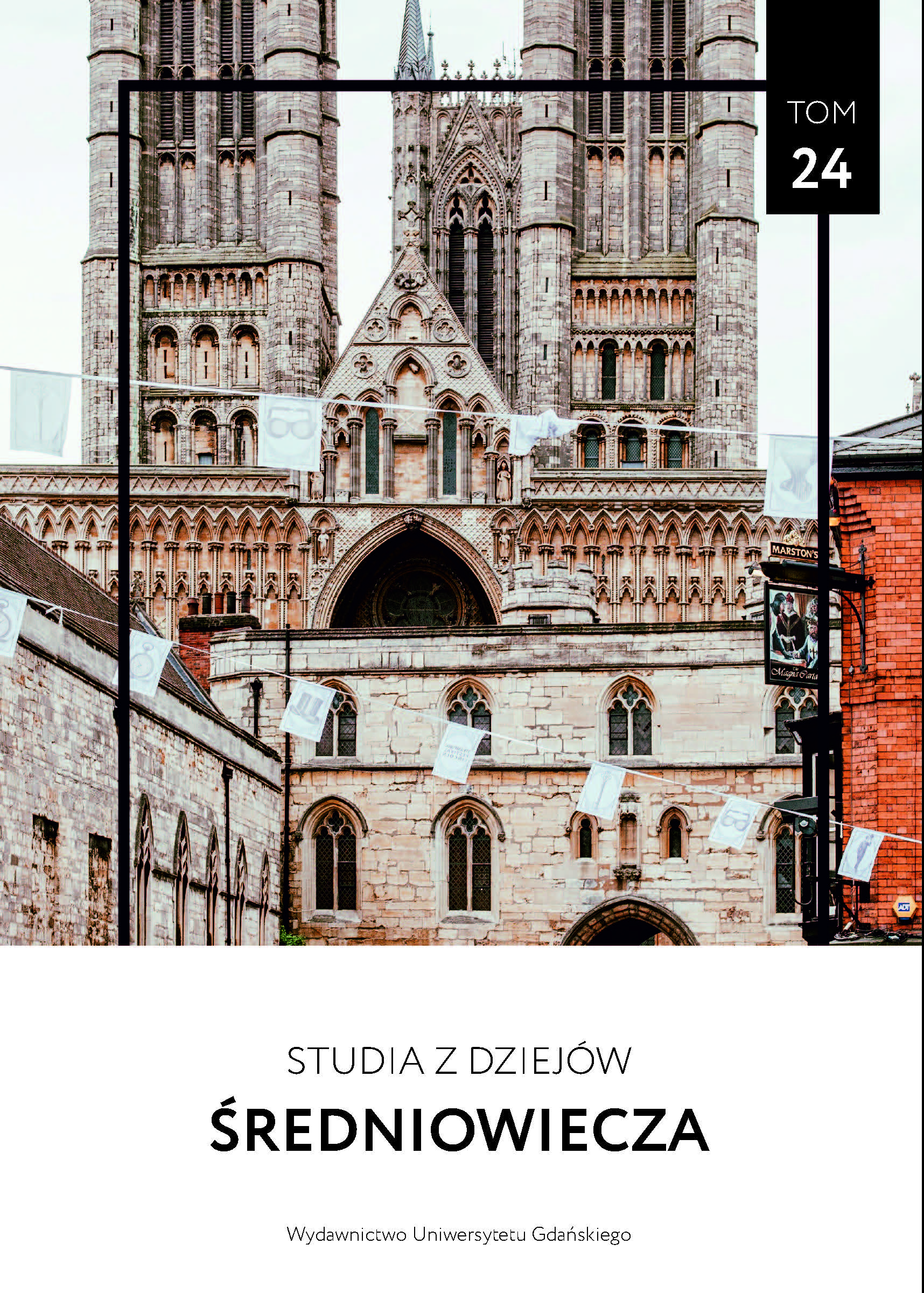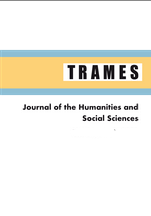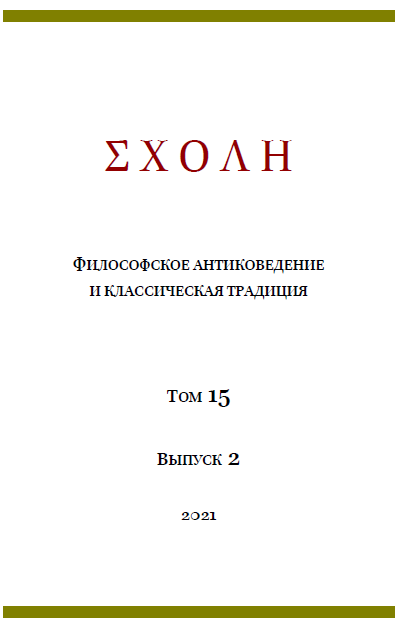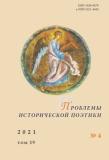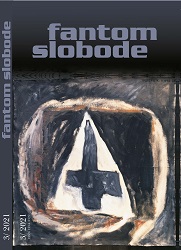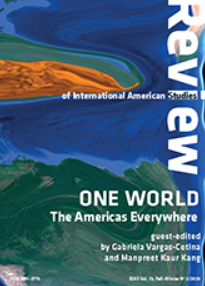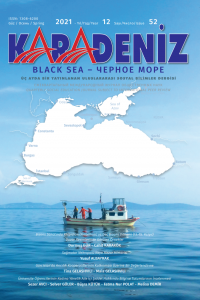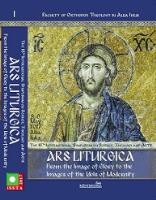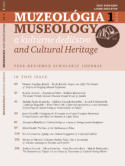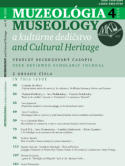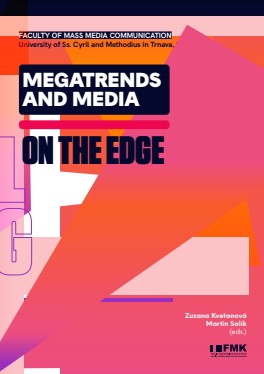Author(s): Durmuş Gür,Cahit KARAKÖK / Language(s): Turkish
Issue: 52/2021
The subject of the research is the samples of the rhipidions (=rhipidia / liturgical fan), which have a great importance in the Christian liturgy, in the wall paintings of the Late Byzantine Period (13th-15th century). The first written information about the Rhipidion is in the texts of St. Clementine (end of the 4th century). The Apostolic Constitutions compiled from the old church decrees in Syria from the 4th to the 5th centuries included information about the importance of rhipidions in liturgy. It is described in Pseudo Dionysus' Ecclesiastica Hierarchica, during a liturgical rite in the 500s, that deacons wearing symbolic six-winged clothing on either side of the altar had rhipidions in their hands. It is known that rhipidions, which have information about it in a dipticon dated to the beginning of the 6th century, were made from various materials such as fabric, leather, wood, peacock feathers, parchment and linen for the first time. Apart from the independent examples made of various materials, it is known that the rhipidion is depicted on book covers, on the kiborium and on the altars, and in many other places. These materials turned into metal works with the early Byzantine period and were enriched with precious stones, liturgical and iconographic elements over time. When first used, rhipidions, which were used to remove insects and dust from liturgical objects (artos, kalis, cross, holy book), later became part of the liturgy. Rhipidions, which are made of metal material to be stronger, were used as part of the liturgy until the late Byzantine period and continue to be used in churches today. In liturgy, apart from the clergy holding a rhipidion in one hand and a insence burners in the other, angel-deacons holding rhipidion in their hands are at the forefront of the ritual. It has been proven with the determined examples that more than one rhipidion can be found in the ritual as well as alone. The clergy hold the rhipidions up with the help of long metal or wooden handles so that those who attend the ritual can see them. Symbolic figures (cross, cherub, seraph) and inscriptions on both sides show the stylistic and iconographic richness of the rhipidions. It has been determined that metal rhipidions which are similar in terms of style and features with the Riha and Stuma treasures (6th century) were used until the late Byzantine period and continue to be used today. It is seen that from the early Byzantine period to the late Byzantine period, rhipidions were depicted in miniatures, icons and wall paintings, apart from liturgical works. In this study, the depictions of the Rhipidions on the church wall paintings dated between the 13th and 15th centuries were examined chronologically and evaluated comparatively in terms of form, style and iconographic features.
More...
